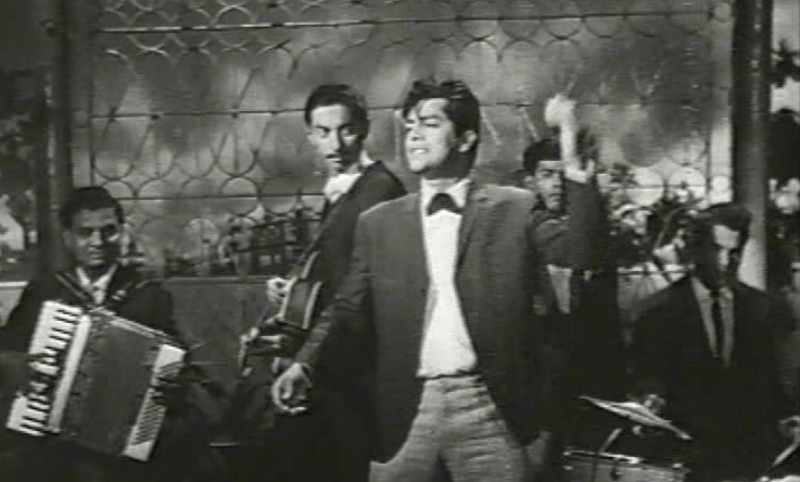
Ko Ko Korina was arguably the first Pakistani Pop song. It was recorded for the 1966 Urdu film, Arman.Written by Masroor Anwar and composed by Sohail Rana, it was sung by Ahmad Rushdi. The song was lip-synched by Waheed Murad in the film.
The title of the song was inspired by a Coke bottle which some thought looked like a curvy woman. Rana composed the song by heavily borrowing elements from various Western music genres, especially ‘Surf-Pop’ (of the Beach Boys), ‘Twist’ music of the early 1960s and the traditional Spanish flamenco music.
It turned Ahmad Rushdi into the country’s first pop star.
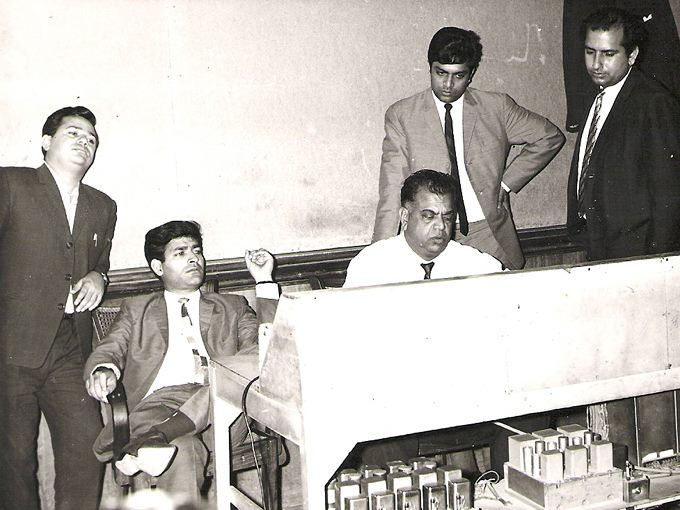
Sohail Rana (seated from left), Masroor Anwar and Waheed Murad on a mixing-board at Karachi’s EMI-Pakistan Studios during the recording of Ko Ko Korina.
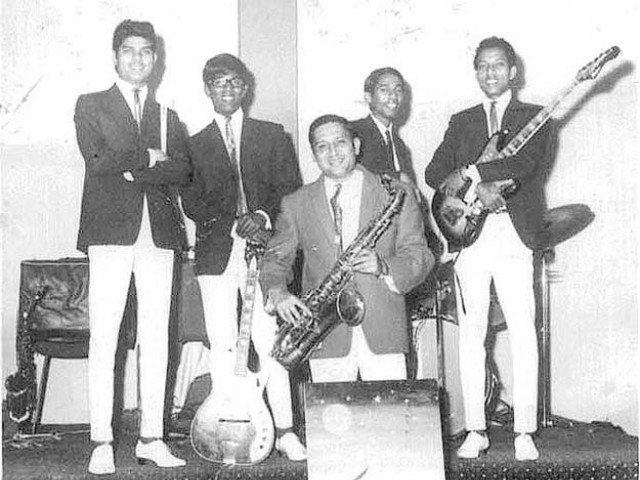
Musicians from cover bands, mostly made-up of Karachi-based Christians, who played at the city’s many nightclubs, were used as instrumentalists on Ko Ko Korina. This became the thing to do on pop songs recorded for Urdu films.
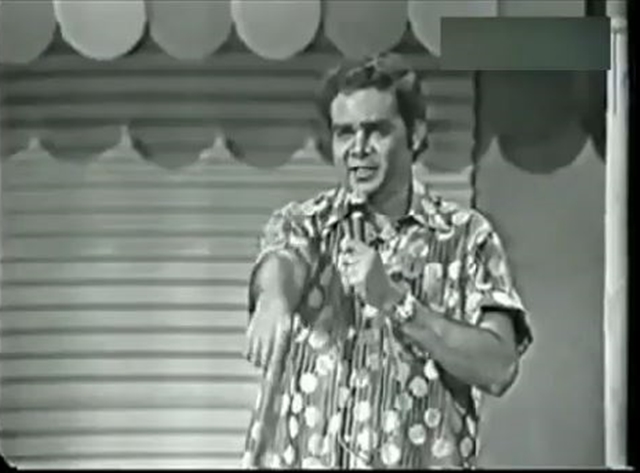
Ahmad Rushdi performing Ko Ko Korina on PTV in 1967.
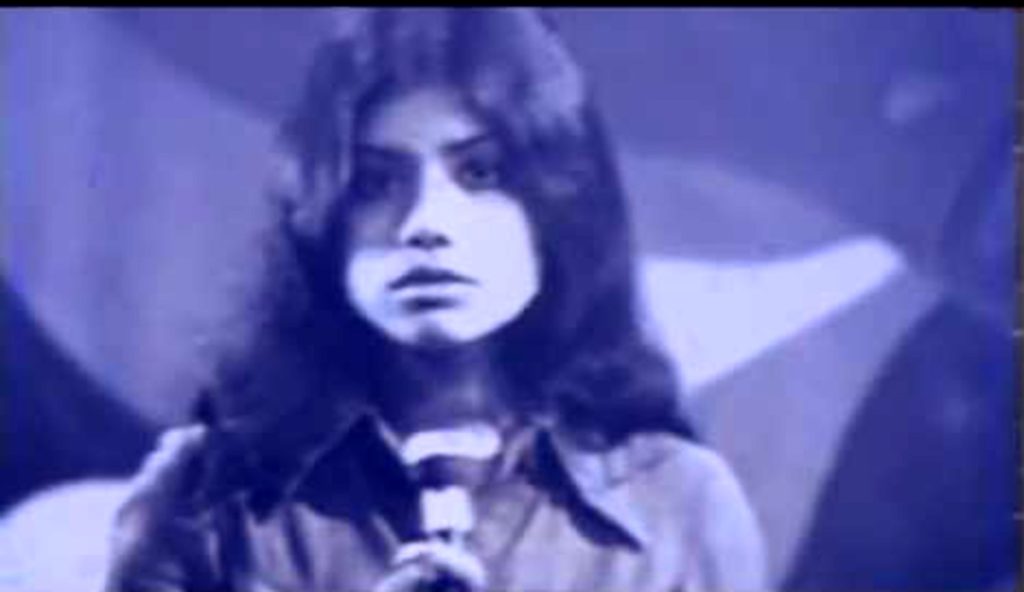
A teenaged Runa Laila performing on PTV in 1970. She was introduced by Sohail Rana and became the female equivalent of Ahmad Rushdi.
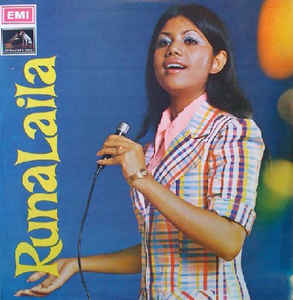
A 1972 album of Runa’s hit pop songs (recorded for various Urdu films).
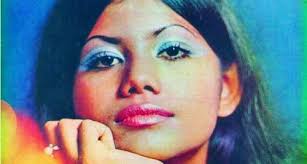
Even though an Bengali, Runa stayed behind in West Pakistan when East Pakistan broke away in 1971 and became Bangladesh. However, three years later in 1974, when at the peak of her singing career in Pakistan, Runa suddenly moved to Bangladesh.
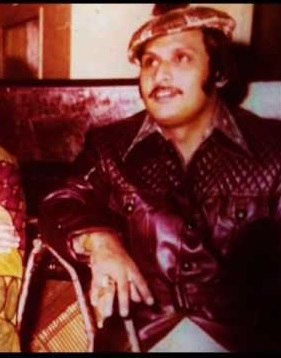
M Ashraf in 1973. Whereas Sohail Rana continued to consolidate his position as Pakistan’s leading composer of pop-tinged Urdu film songs, established composer, M. Ashraf, began foraying into the pop territory from 1973 onwards.
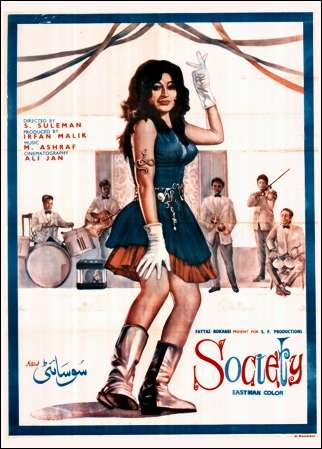
M Ashraf scored his first major pop hit which he composed for 1973’s film, ‘Society’. The song was ‘Aik Meri Jaan.’ Ashraf took elements from the time’s steamy ‘Glam-Rock’ genre to construct the song.
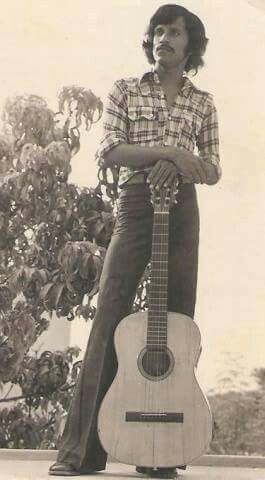
Alamgir in 1972. A wandering hippie who would play for anyone willing to pay for a cup of tea and a cigarette, Alamgir was used by composer Lal M. Iqbal to record a melodious pop song for 1974’s Urdu thriller, Dhamaka. Even though the film flopped, Alamgir’s song, ‘Ham Chalay’ became a radio hit.
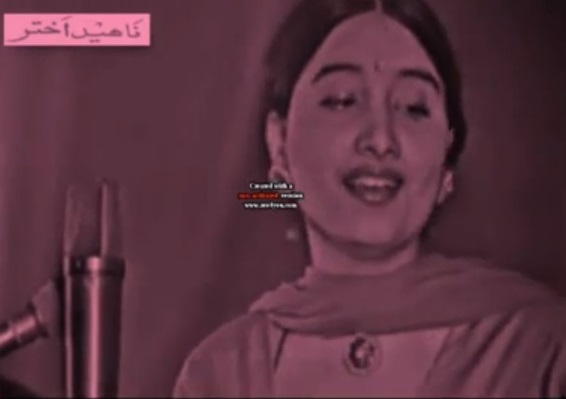
Naheed Akhtar in 1974. Daughter of a small-time tailor, she was discovered by M. Ashraf. A versatile singer, she was also used by composers to fill the vacuum created by Runa’s move to Bangladesh. Akhtar’s first major pop hit was the raunchy ‘Tu Tru Tara Tara’, composed by Ashraf for 1975’s Urdu film, ‘Mohabbat Zindagi Hai.’
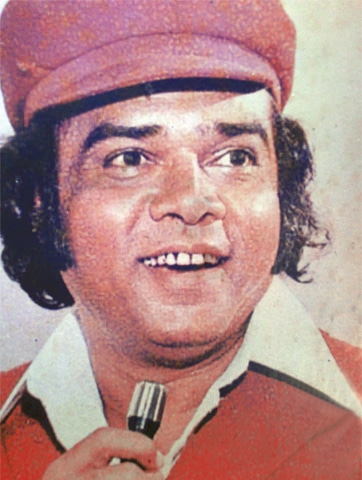
Ahmad Rushdi’s last major pop hit came in the shape of 1975’s ‘Dil Ko Jalana.’ It was composed by M Ashraf for ‘Mohabat Zindagi Hai.’
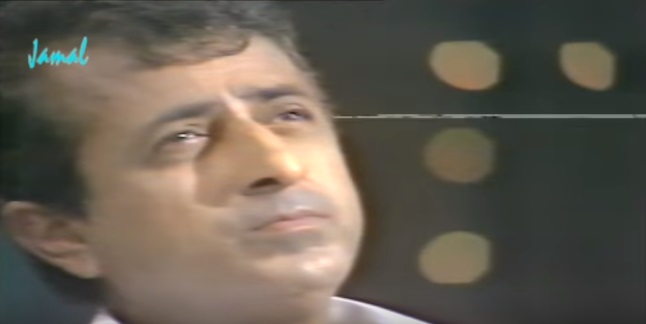
Robin Ghosh became an accomplished composer who mastered the art of using both specialist as well as non-pop vocalists to sing songs which fused the extraordinary melodicism of the 1970’s Pakistani and Indian film songs with elements borrowed from the music of the time’s famous pop acts such as The Carpenters and the pre-Disco-era Bee Gees.
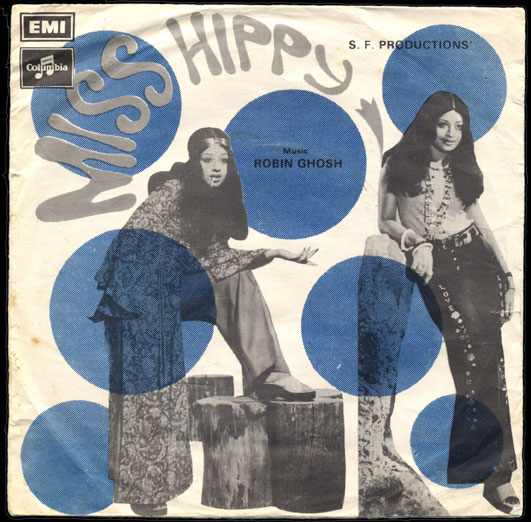
Robin’s first major foray into pop was through 1974’s film, ‘Miss Hippie.’
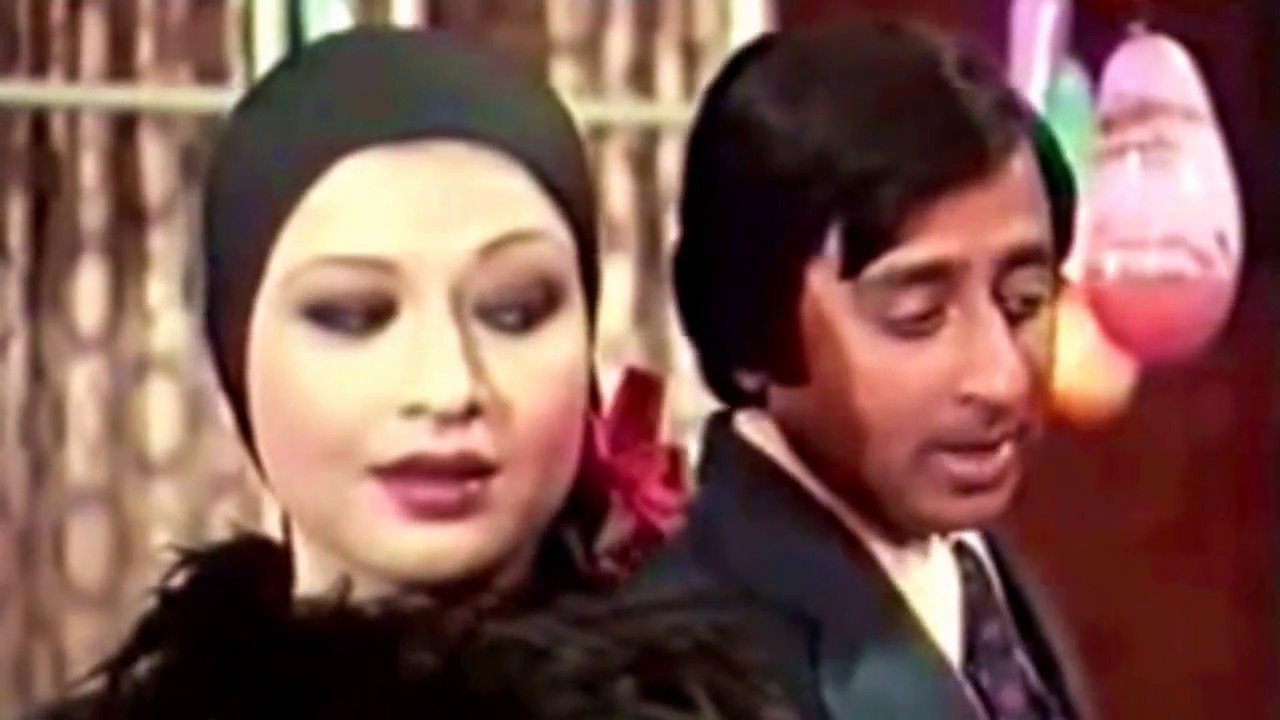
One major example of Ghosh’s penchant for using established non-pop singers to sing pop-tinged songs is 1977’s ‘Kabhi mein Sochta Hoon.’ Recorded for the film ‘Aaina,’ the song is sung by the great ghazal-singer Mehdi Hassan. It is still remembered for its rich pop arrangement.
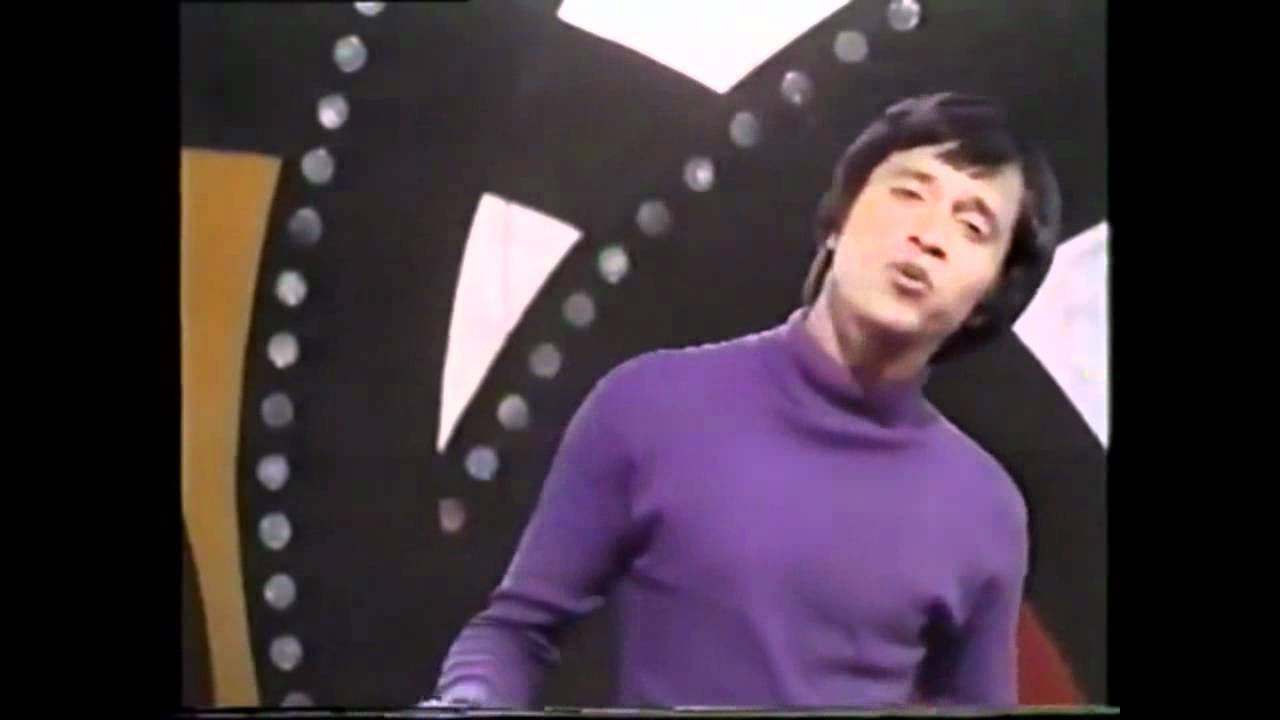
With the steady decline of Ahmad Rushdi, Alamgir reinvented his image from that of a hippie to a smooth pop crooner.
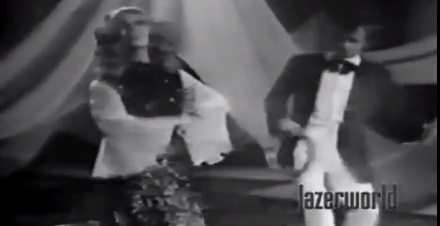
Alamgir finally ran past Rushdi with 1977’s ‘Daikha Na Tha.’ Composed by Khalil Ahmad and Alamgir for the Urdu film, ‘Julie,’ Alamgir sang it as a duet with the visiting Turkish pop singer, Naazi.
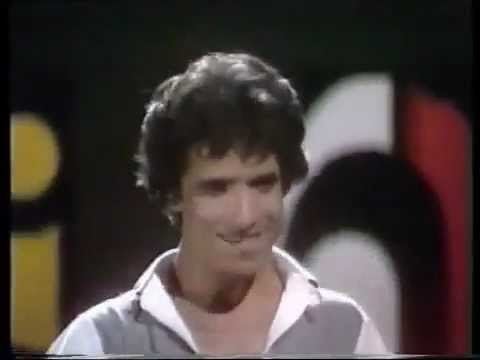
Hot on heels of Alamgir’s rise was Muhammad Ali Shahki. He emerged in 1978 as a Pakistani version of John Trovolta’s dancing charactar in 1977’s Disco blackbuster, ‘Saturday Night Fever.’ Boasting a voice which reminded people of Kishore Kumar, Shahki largely composed his own songs.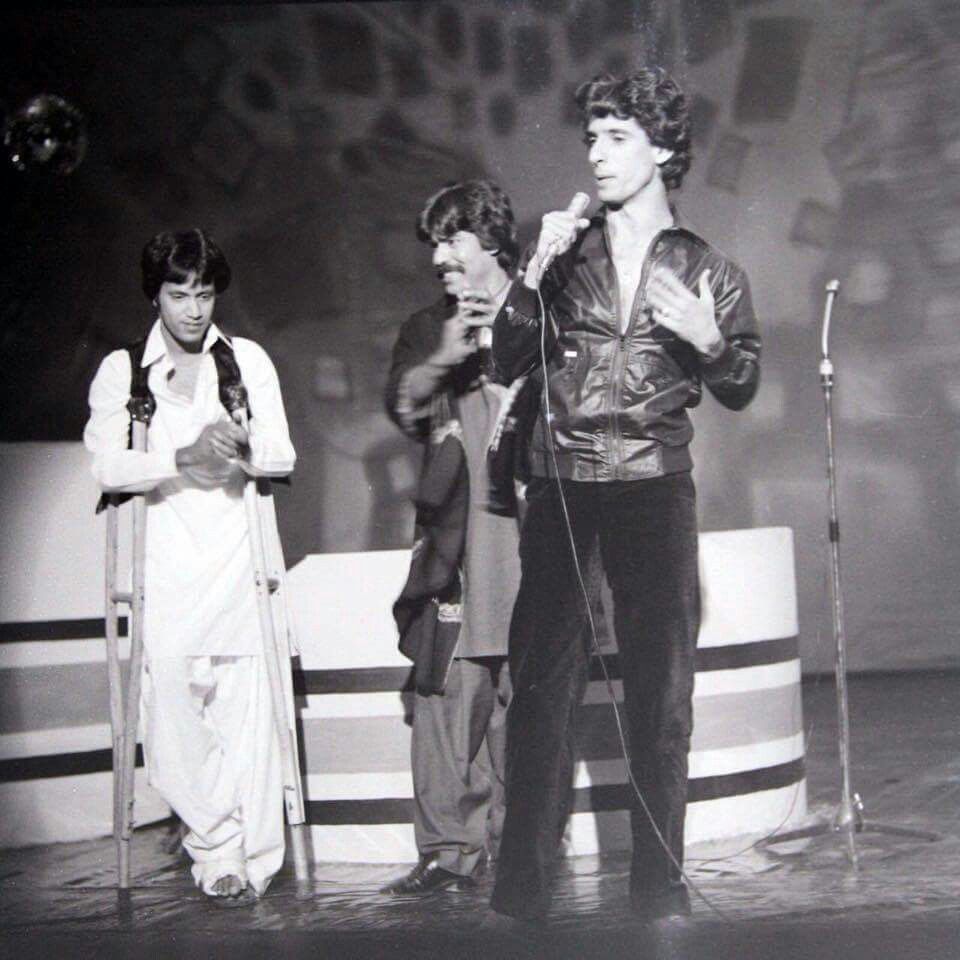
By 1979 Shahki and Alamgir had risen to become the country’s top pop acts. However, their rise largely took place shortly before the July 1977 reactionary military coup of Gen Zia-ul-Haq. The country’s film industry that had financially and creatively sustained pop singers, musicians and composrs, began its gradual decline. Shahki and Alamgir had to almost entirely rely on the state-owned PTV to boost the sale of their albums.
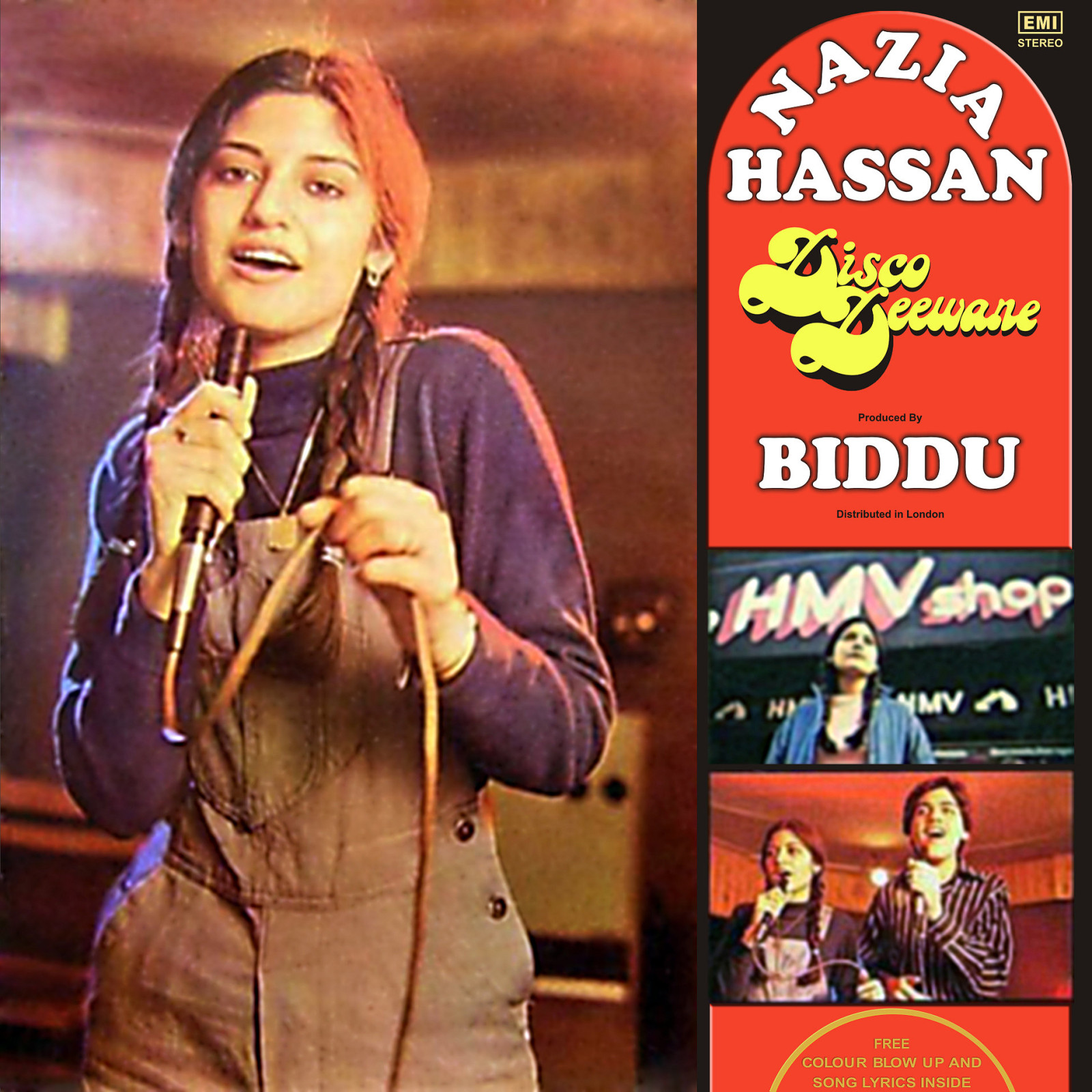
In 1980 the brother and sister duo, Nazia & Zoheb, released ‘Disco Dewane.’ Fusing the pop music that had been evolving in Pakistani films with vintage American and European Disco music, the duo scored a massive hit. The album was produced by famous Disco producer, Biddu.
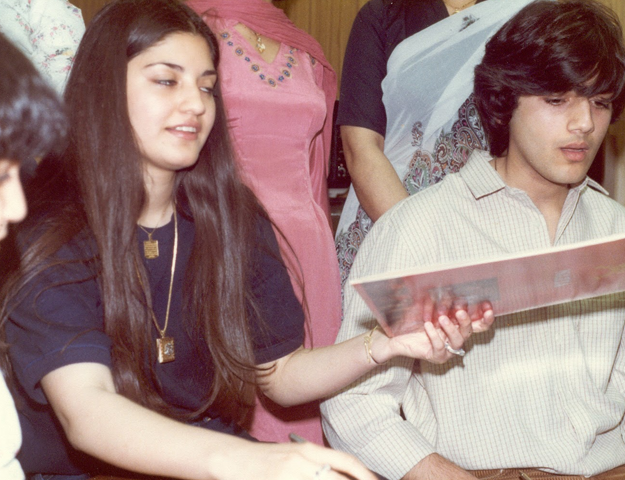
Nazia & Zoheb autograph copies of their first album in Karachi in 1980. The duo’s sudden rise to fame did not sit well with the conservative Zia dictatorship. In 1982, on the advice of his Information Minister and Ministery of Relgious Affairs, the govorment banned the playing of Nazia & Zoheb songs on PTV and Radio Pakistan. However, after holding an hour-long meeting with the duo, Zia lifted the ban, much to the dissapontment of the ministeries that had initiated the ban.
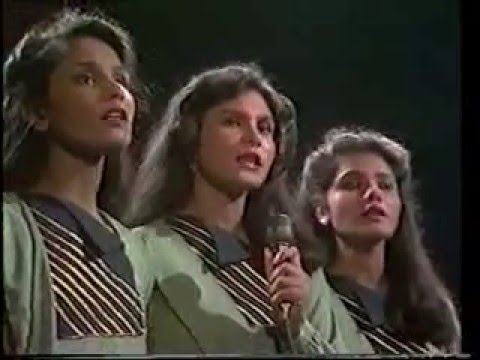
1981: The Bengamin Sisters trained as pop singers enjoyed a short burst of fame through Anwar Maqsood’s weekly TV stage show, ‘Silver Jubilee.’
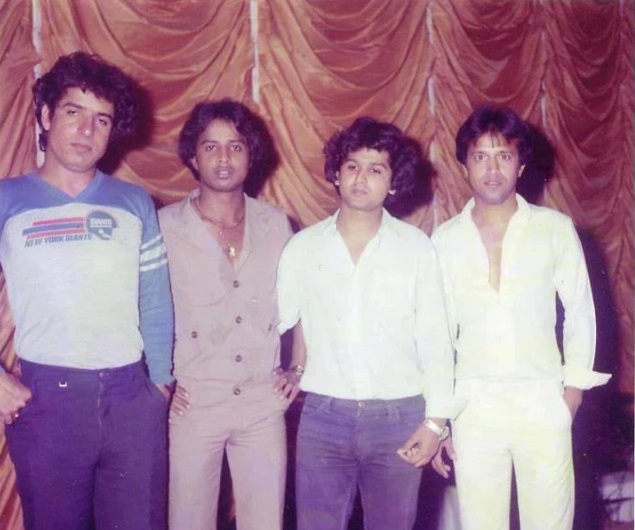
Along with Nazia and Zoheb, the 1980s’ Pakistani pop scene was dominated by Shahki, Tehseen Javed, Saleem Javed and Alamgir. All four had to endure severe restrictions imposed by the Zia dictatorship, but managed to retain huge fan followings.
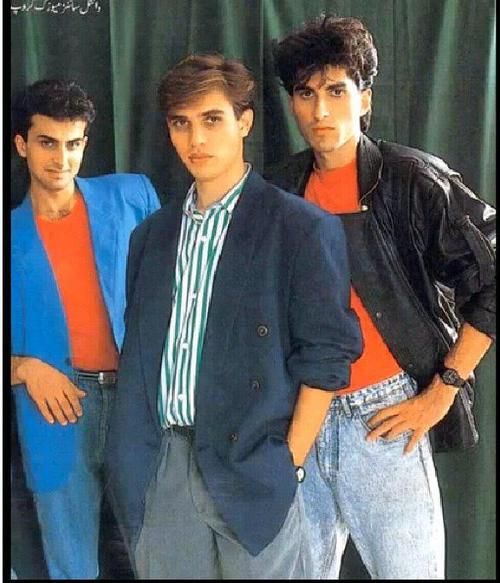
In 1987, then unknown Vital Signs suddenly rose to fame with their song ‘Dil, Dil Pakistan.’
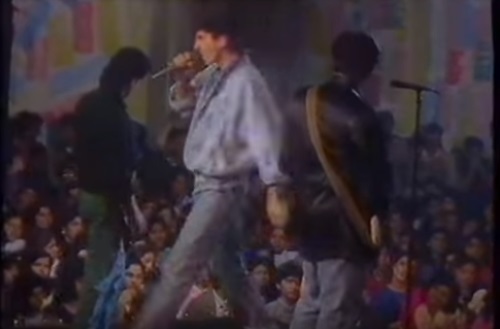
In 1989 a new pop scene took off when PTV aired a pop festival (‘Music 89’) which showcased a number of new pop acts. The Zia regime had given way to democracy and the new pop scene symbloised the opening up of the country’s cultural scene.
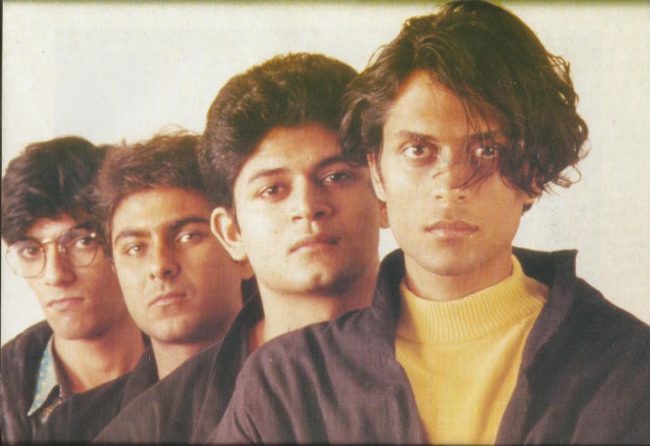
The Strings were formed in 1989. Unlike previious pop acts, the new bands wrote their own music.
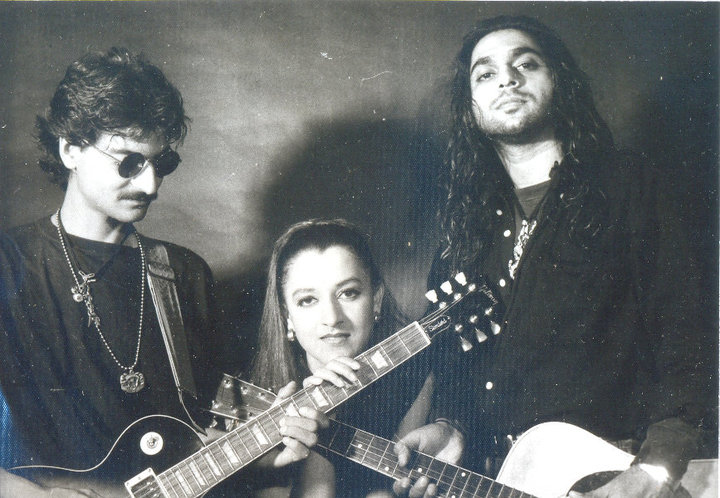
The Milestones prided itself as a ‘solid live act.’ It was lead by a Christian-Pakistani vocalist.
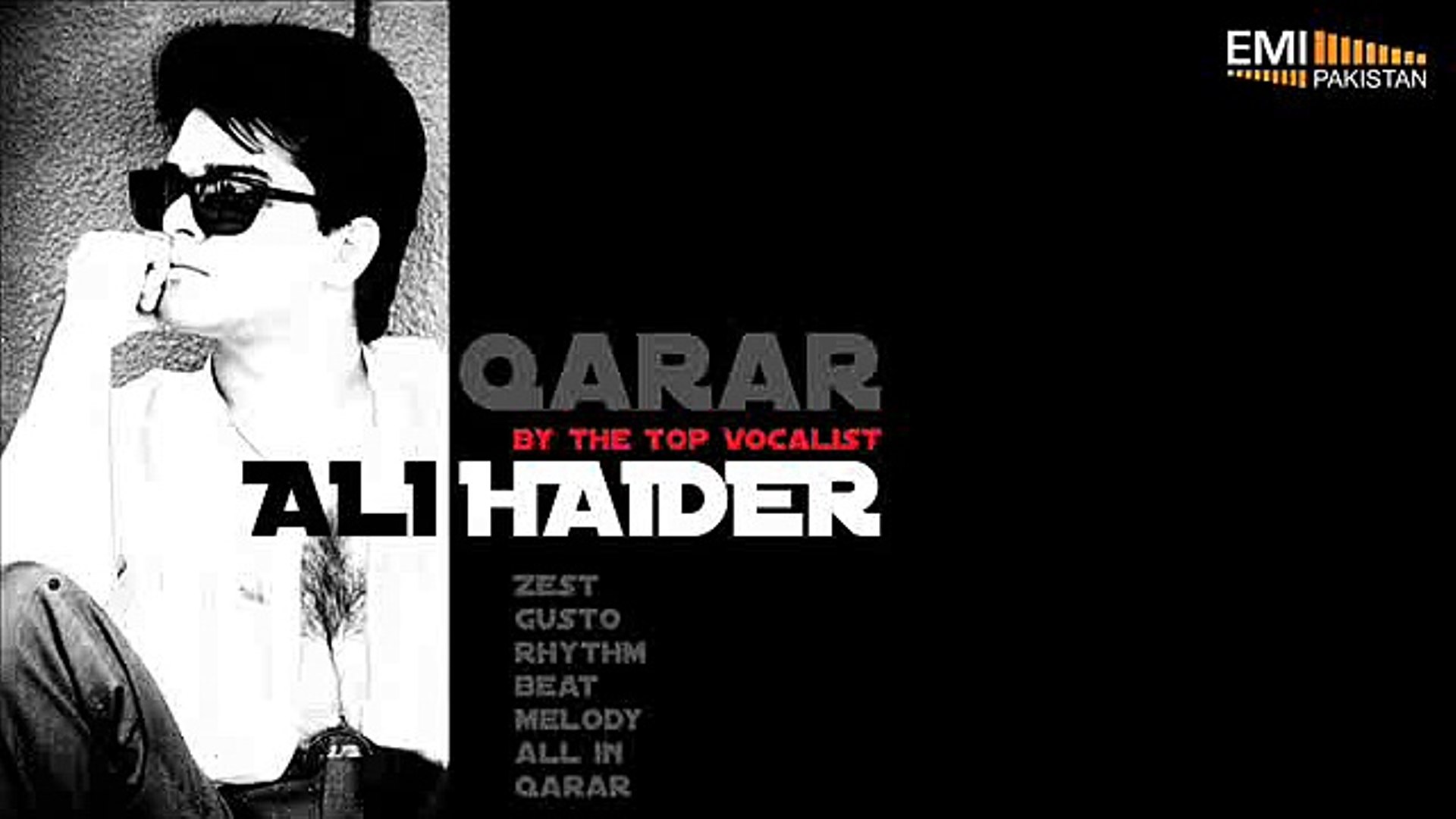
Ali Haider shot to fame with 1992’s ‘Qarar.’
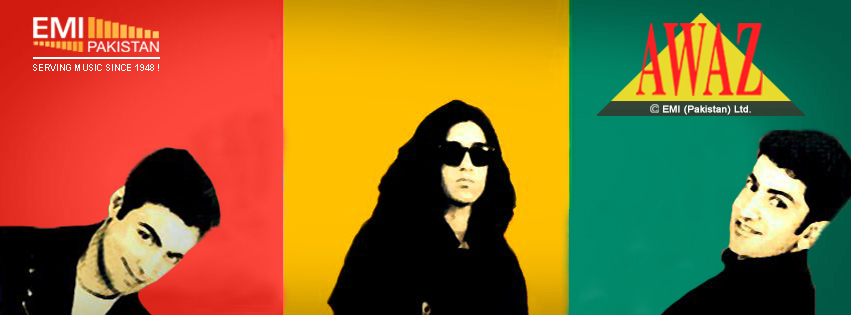
Awaz were a highly successful pop trio of the 1990s.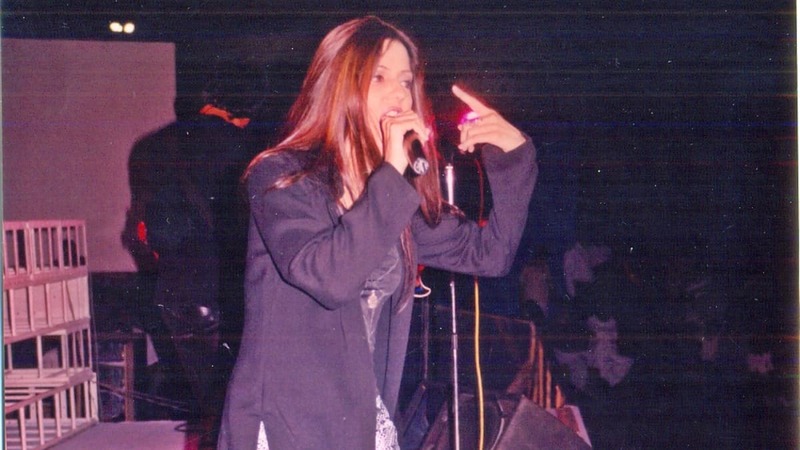
Hadiqa Kayani broke into the scene as a soulful crooner in 1995.
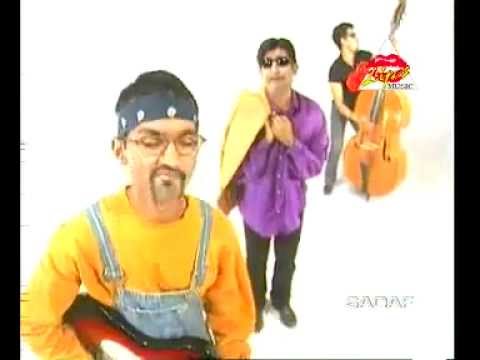
Dr Aur Billa introduced ‘parody pop’ to the scene.
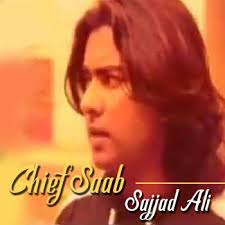
Trained as an Eastern Classical singer, Sajjad Ali jumped on the 1990s pop/rock bandwagon to become a major pop star.
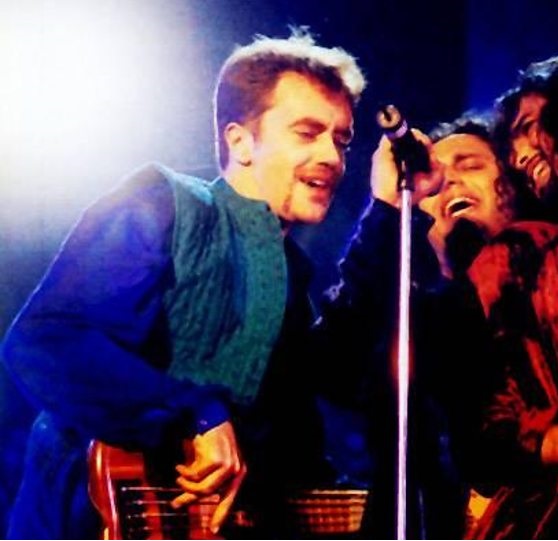
Junoon were a popular rock draw in the 1990s.

1990s are also remembered for pop concerts. Pop festivals and concerts took place regularly between 1989 and 1997.
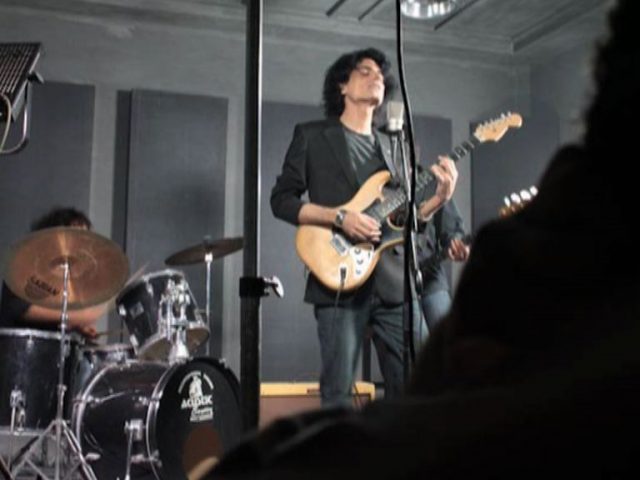
Amir Zaki was perhaps the most accomplished guitarist ever produced by the Pakistan rock and pop scene of the 1990s.
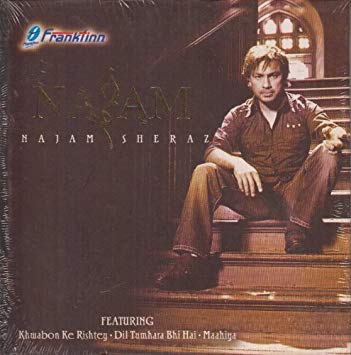
The immensely talented vocalist, Najam Shiraz.
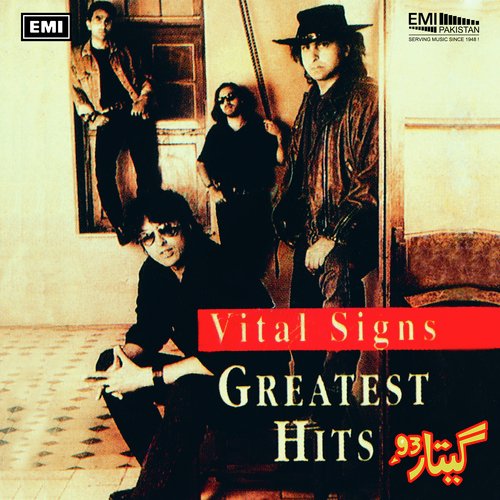
Vital Signs, 1993.
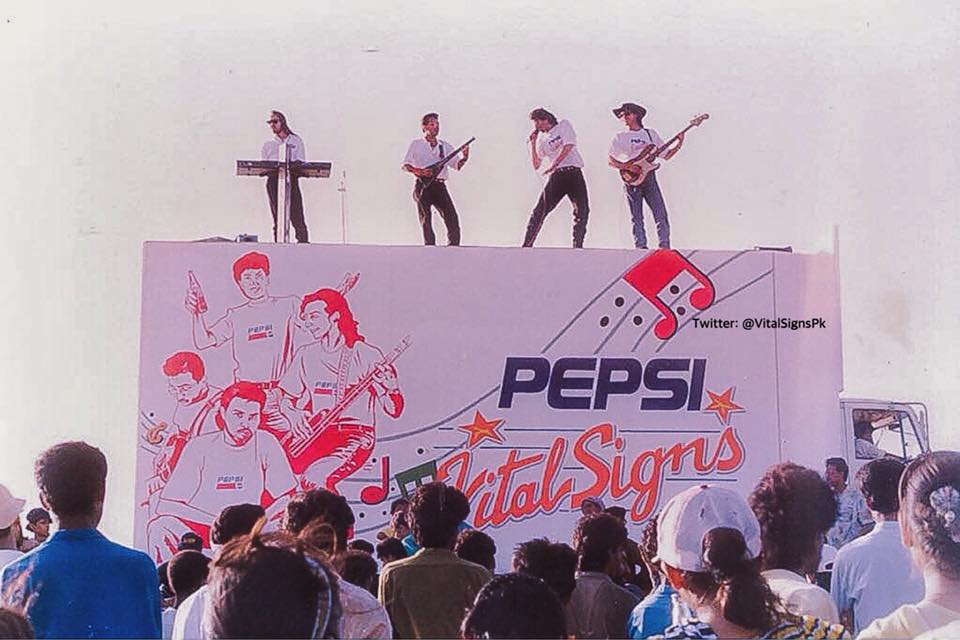
Corporate interest grew manifold in the expanding pop scene of the 1990s.

Ali Zafar emerged in the early 2000s.
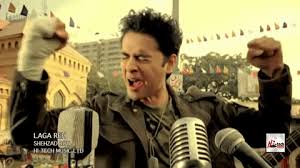
Though a product of the 1990s pop scene, Shahzad Roy reinvented himself as a more socially-concious pop star in the 2000s.
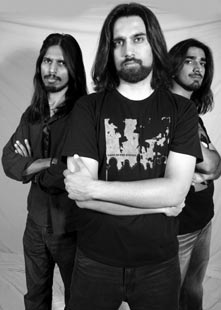
Noori led a new wave of pop-rock acts.
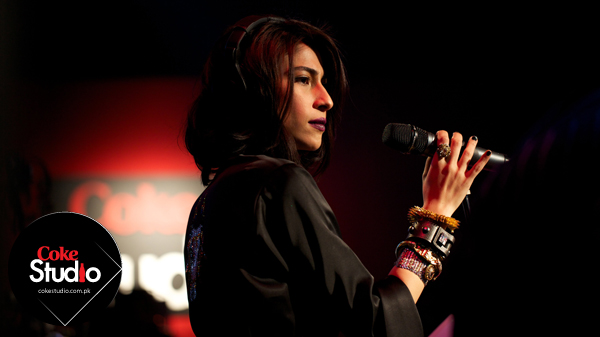
A new star, Meesha Shafi. After an unprecedented rise in incidents of terrorism perpetrated by extremist outfits, the Pakistan pop scene began to rapidly recede. Concerts became impossible to organize, album sales fell, and pop/rock acts began to rapidly wither away. In 2008 Coke launched Coke Studio. The show was an immediate hit, showcasing old and new pop acts remaking (live in a custom-built studio) famous Pakistani pop and film songs, quwaalis and ghazals.
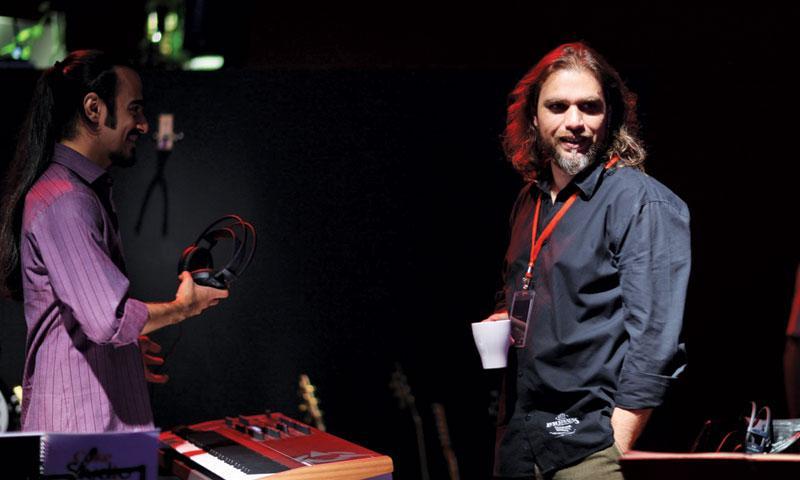
Former founding member of the Vital Signs, Rohail Hyatt, introduced the Coke Studio. He produced the show’s first six seasons.
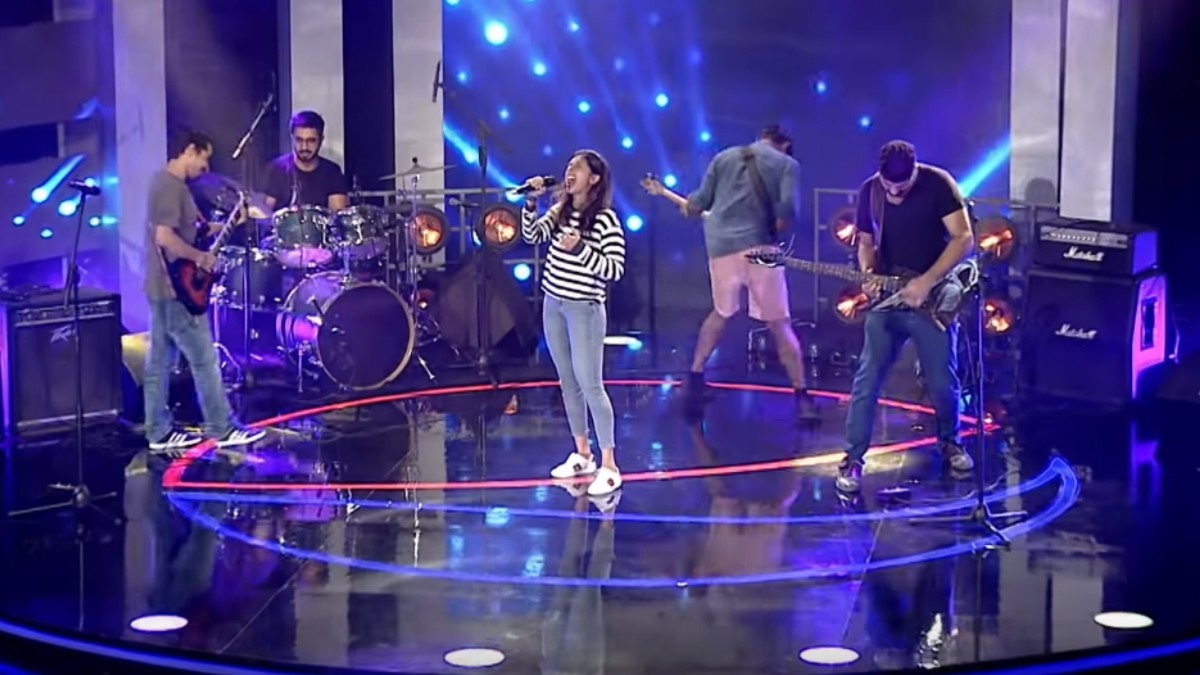
Impacted by the success of Coke Studio, Pepsi launched ‘Pepsi Battle of The Bands.’ Though Pakistani pop/rock music seems to have come alive once again, it is mostly confined to TV studios and almost entirely dependent on corporate money and muscle.
The title of the song was inspired by a Coke bottle which some thought looked like a curvy woman. Rana composed the song by heavily borrowing elements from various Western music genres, especially ‘Surf-Pop’ (of the Beach Boys), ‘Twist’ music of the early 1960s and the traditional Spanish flamenco music.
It turned Ahmad Rushdi into the country’s first pop star.

Sohail Rana (seated from left), Masroor Anwar and Waheed Murad on a mixing-board at Karachi’s EMI-Pakistan Studios during the recording of Ko Ko Korina.

Musicians from cover bands, mostly made-up of Karachi-based Christians, who played at the city’s many nightclubs, were used as instrumentalists on Ko Ko Korina. This became the thing to do on pop songs recorded for Urdu films.

Ahmad Rushdi performing Ko Ko Korina on PTV in 1967.

A teenaged Runa Laila performing on PTV in 1970. She was introduced by Sohail Rana and became the female equivalent of Ahmad Rushdi.

A 1972 album of Runa’s hit pop songs (recorded for various Urdu films).

Even though an Bengali, Runa stayed behind in West Pakistan when East Pakistan broke away in 1971 and became Bangladesh. However, three years later in 1974, when at the peak of her singing career in Pakistan, Runa suddenly moved to Bangladesh.

M Ashraf in 1973. Whereas Sohail Rana continued to consolidate his position as Pakistan’s leading composer of pop-tinged Urdu film songs, established composer, M. Ashraf, began foraying into the pop territory from 1973 onwards.

M Ashraf scored his first major pop hit which he composed for 1973’s film, ‘Society’. The song was ‘Aik Meri Jaan.’ Ashraf took elements from the time’s steamy ‘Glam-Rock’ genre to construct the song.

Alamgir in 1972. A wandering hippie who would play for anyone willing to pay for a cup of tea and a cigarette, Alamgir was used by composer Lal M. Iqbal to record a melodious pop song for 1974’s Urdu thriller, Dhamaka. Even though the film flopped, Alamgir’s song, ‘Ham Chalay’ became a radio hit.

Naheed Akhtar in 1974. Daughter of a small-time tailor, she was discovered by M. Ashraf. A versatile singer, she was also used by composers to fill the vacuum created by Runa’s move to Bangladesh. Akhtar’s first major pop hit was the raunchy ‘Tu Tru Tara Tara’, composed by Ashraf for 1975’s Urdu film, ‘Mohabbat Zindagi Hai.’

Ahmad Rushdi’s last major pop hit came in the shape of 1975’s ‘Dil Ko Jalana.’ It was composed by M Ashraf for ‘Mohabat Zindagi Hai.’

Robin Ghosh became an accomplished composer who mastered the art of using both specialist as well as non-pop vocalists to sing songs which fused the extraordinary melodicism of the 1970’s Pakistani and Indian film songs with elements borrowed from the music of the time’s famous pop acts such as The Carpenters and the pre-Disco-era Bee Gees.

Robin’s first major foray into pop was through 1974’s film, ‘Miss Hippie.’

One major example of Ghosh’s penchant for using established non-pop singers to sing pop-tinged songs is 1977’s ‘Kabhi mein Sochta Hoon.’ Recorded for the film ‘Aaina,’ the song is sung by the great ghazal-singer Mehdi Hassan. It is still remembered for its rich pop arrangement.

With the steady decline of Ahmad Rushdi, Alamgir reinvented his image from that of a hippie to a smooth pop crooner.

Alamgir finally ran past Rushdi with 1977’s ‘Daikha Na Tha.’ Composed by Khalil Ahmad and Alamgir for the Urdu film, ‘Julie,’ Alamgir sang it as a duet with the visiting Turkish pop singer, Naazi.

Hot on heels of Alamgir’s rise was Muhammad Ali Shahki. He emerged in 1978 as a Pakistani version of John Trovolta’s dancing charactar in 1977’s Disco blackbuster, ‘Saturday Night Fever.’ Boasting a voice which reminded people of Kishore Kumar, Shahki largely composed his own songs.

By 1979 Shahki and Alamgir had risen to become the country’s top pop acts. However, their rise largely took place shortly before the July 1977 reactionary military coup of Gen Zia-ul-Haq. The country’s film industry that had financially and creatively sustained pop singers, musicians and composrs, began its gradual decline. Shahki and Alamgir had to almost entirely rely on the state-owned PTV to boost the sale of their albums.

In 1980 the brother and sister duo, Nazia & Zoheb, released ‘Disco Dewane.’ Fusing the pop music that had been evolving in Pakistani films with vintage American and European Disco music, the duo scored a massive hit. The album was produced by famous Disco producer, Biddu.

Nazia & Zoheb autograph copies of their first album in Karachi in 1980. The duo’s sudden rise to fame did not sit well with the conservative Zia dictatorship. In 1982, on the advice of his Information Minister and Ministery of Relgious Affairs, the govorment banned the playing of Nazia & Zoheb songs on PTV and Radio Pakistan. However, after holding an hour-long meeting with the duo, Zia lifted the ban, much to the dissapontment of the ministeries that had initiated the ban.

1981: The Bengamin Sisters trained as pop singers enjoyed a short burst of fame through Anwar Maqsood’s weekly TV stage show, ‘Silver Jubilee.’

Along with Nazia and Zoheb, the 1980s’ Pakistani pop scene was dominated by Shahki, Tehseen Javed, Saleem Javed and Alamgir. All four had to endure severe restrictions imposed by the Zia dictatorship, but managed to retain huge fan followings.

In 1987, then unknown Vital Signs suddenly rose to fame with their song ‘Dil, Dil Pakistan.’

In 1989 a new pop scene took off when PTV aired a pop festival (‘Music 89’) which showcased a number of new pop acts. The Zia regime had given way to democracy and the new pop scene symbloised the opening up of the country’s cultural scene.

The Strings were formed in 1989. Unlike previious pop acts, the new bands wrote their own music.

The Milestones prided itself as a ‘solid live act.’ It was lead by a Christian-Pakistani vocalist.

Ali Haider shot to fame with 1992’s ‘Qarar.’

Awaz were a highly successful pop trio of the 1990s.

Hadiqa Kayani broke into the scene as a soulful crooner in 1995.

Dr Aur Billa introduced ‘parody pop’ to the scene.

Trained as an Eastern Classical singer, Sajjad Ali jumped on the 1990s pop/rock bandwagon to become a major pop star.

Junoon were a popular rock draw in the 1990s.

1990s are also remembered for pop concerts. Pop festivals and concerts took place regularly between 1989 and 1997.

Amir Zaki was perhaps the most accomplished guitarist ever produced by the Pakistan rock and pop scene of the 1990s.

The immensely talented vocalist, Najam Shiraz.

Vital Signs, 1993.

Corporate interest grew manifold in the expanding pop scene of the 1990s.

Ali Zafar emerged in the early 2000s.

Though a product of the 1990s pop scene, Shahzad Roy reinvented himself as a more socially-concious pop star in the 2000s.

Noori led a new wave of pop-rock acts.

A new star, Meesha Shafi. After an unprecedented rise in incidents of terrorism perpetrated by extremist outfits, the Pakistan pop scene began to rapidly recede. Concerts became impossible to organize, album sales fell, and pop/rock acts began to rapidly wither away. In 2008 Coke launched Coke Studio. The show was an immediate hit, showcasing old and new pop acts remaking (live in a custom-built studio) famous Pakistani pop and film songs, quwaalis and ghazals.

Former founding member of the Vital Signs, Rohail Hyatt, introduced the Coke Studio. He produced the show’s first six seasons.

Impacted by the success of Coke Studio, Pepsi launched ‘Pepsi Battle of The Bands.’ Though Pakistani pop/rock music seems to have come alive once again, it is mostly confined to TV studios and almost entirely dependent on corporate money and muscle.
